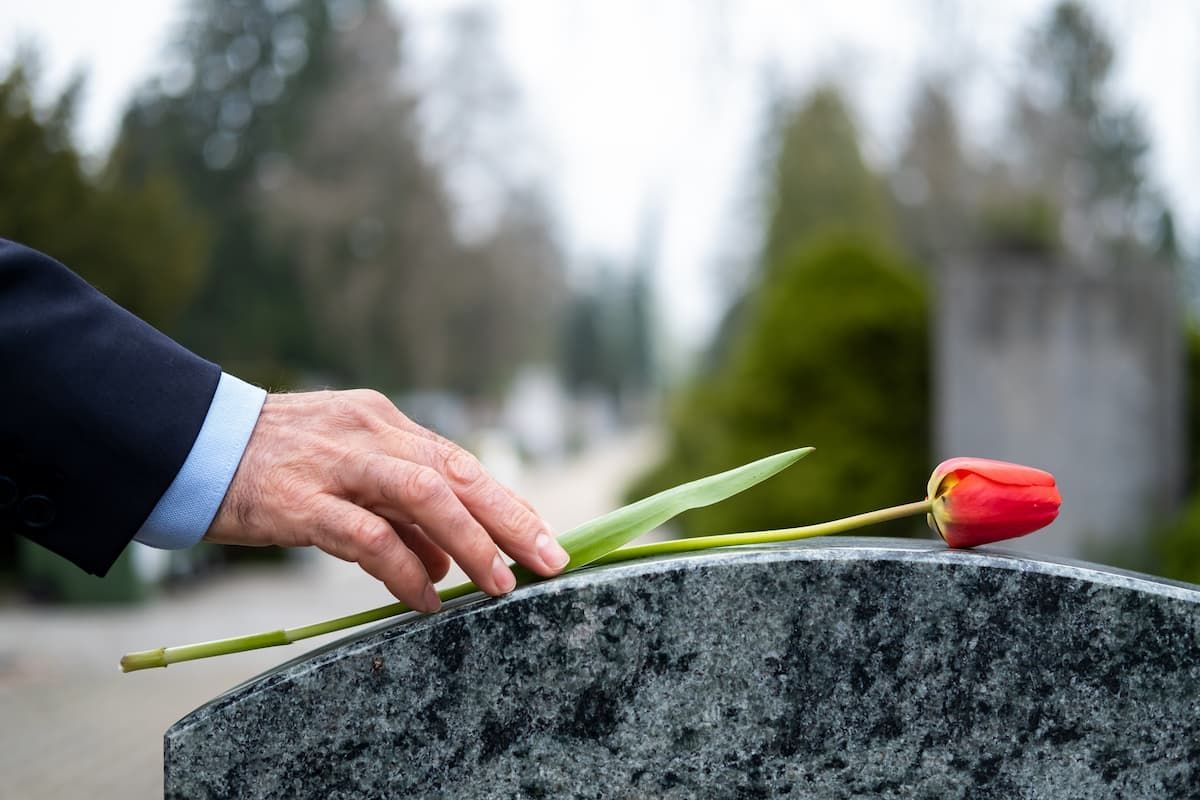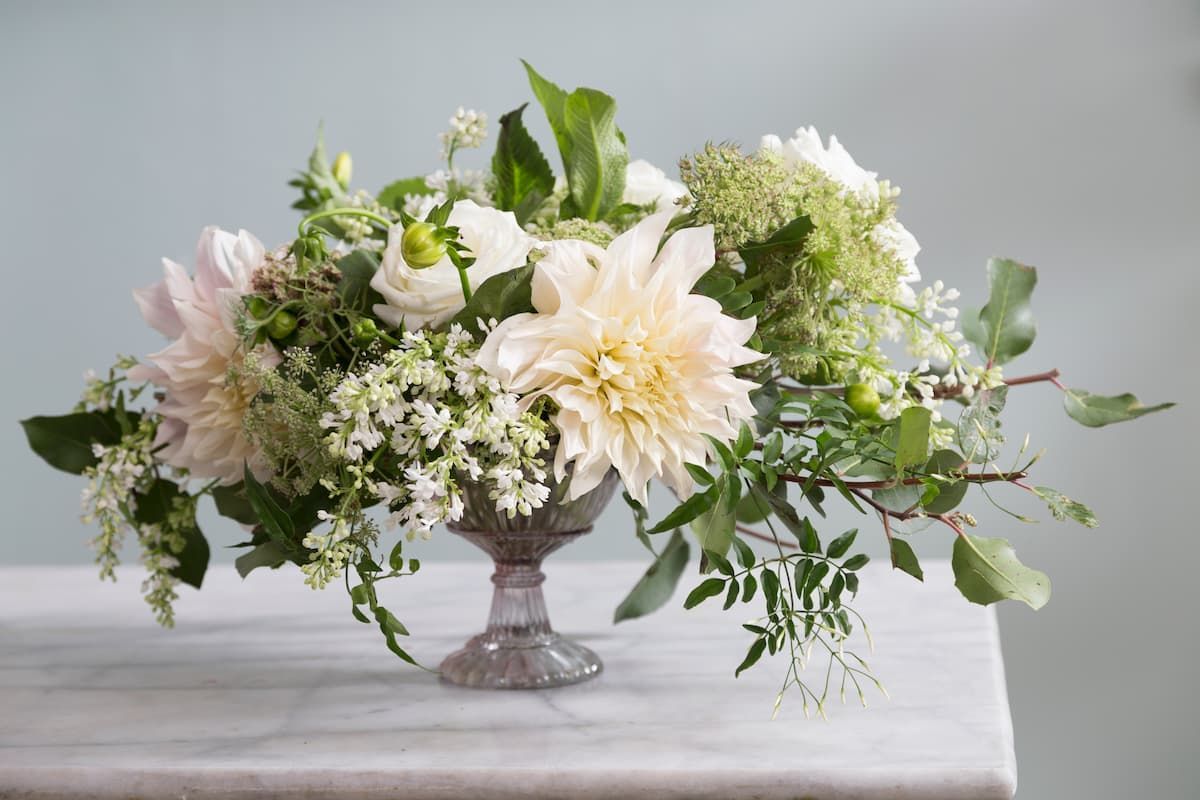Menu
New Year and A Better You
Nature's Symphony
Whether you believe in keeping a New Year's resolution or not, each new year brings new beginnings. 365 days of opportunity for growth, new adventures, habits, relationships and memories. To help you have a fresh start in 2021 (especially after the year we've all had), we’ve come up with a few tips to help you get up and get moving throughout the coming year.
Out with the old.
Taking on clutter is a safe way to gain some control in your life and can go a long way for your comfort level and improved well-being. Being organized reduces stress, boosts your self-confidence and can help you become more productive. Popular Netflix series like “The Home Edit” and “Tidying Up with Marie Kondo” share ideas on how to get your home in tip-top shape. A great place to start is with paperwork, organizing important documents like a will or preplanning information and storing them in a place that is easily accessible will make things easier when the time comes that those documents are needed.
Try it – you might like it.
Sushi, mushrooms, pineapple on pizza – What’s the one meal you have never tried but always wanted to? Cooking a meal or trying a new restaurant with family or friends is a great way to connect with others. As you try new foods and find ones that you enjoy, you will have more options to choose from. This can help you mix up your menu if you find yourself cooking the same meals or eating at the same restaurants repeatedly.
Plan it, book it and GO!
When you travel, you meet new people, cultures, experience new things and embark on all sorts of adventures. Because you are learning and gaining information from new places and people, travel can also shape you into a better, more well-rounded person. Traveling lets you disconnect from your daily life, try amazing foods, and create lifetime memories - memories that you can share with family and friends to inspire them to travel. Here’s hoping that 2021 can bring more opportunities for us all to get out there!
Turn up the tunes!
If you want to firm up your body, head to the gym. If you want to exercise your brain, listen to music. Music wields a powerful influence on human beings; research has shown that listening to music can reduce anxiety, blood pressure and pain as well as improve sleep quality, mood, mental alertness and memory.
A penny saved.
It's always nice to have a little cash tucked away for everything from emergencies to vacations, to holiday shopping. But saving money is HARD. Yearly money-saving challenges are very popular right now. With advice from people like Dave Ramsey and the trendy “ money envelope ” challenge which can help you save over $5,000 in one year, paying off debt or saving up to treat yourself has become a focus for many.
Feeling good and looking good.
Set a wellness routine that makes you feel great inside and out. Improve your mental and physical wellness by incorporating items and habits that boost your self-care routine. Start by creating a morning ritual. This can consist of meditation, breakfast, journaling, and stretching – it is important to create a routine that works for you. End your day with a bedtime ritual - take this time to unwind from the day by doing things like enjoying a cup of tea, taking care of your skin, reading, and making sure to get those Zzz's.
The most important thing in any lifestyle change is to give yourself a little grace. Simply having a goal to change habits to improve your health or lifestyle is a great first step. You deserve to make 2021 your best year yet. Think about what you want to do, take a deep breath, and go do it. At your pace, on your terms.




Wiederspahn-Radomsky Chapel of the Chimes
Subscribe to our newsletter
Subscribe to our newsletter





